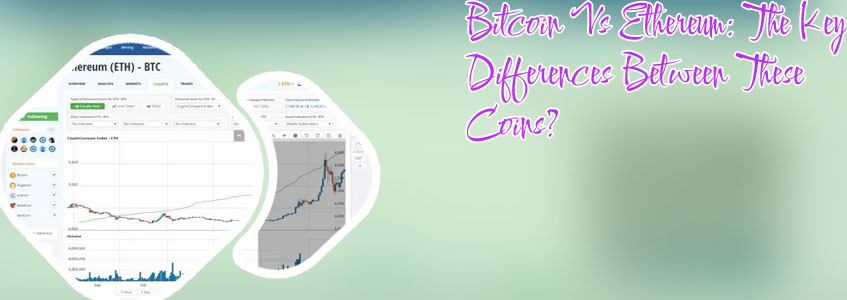
Ethereum, as one of the leading cryptocurrencies, has a unique supply mechanism that impacts its value and market dynamics. Understanding the Ethereum supply dynamics is crucial for investors, traders, and developers who are involved in the Ethereum ecosystem. In this article, we will explore two insightful resources that delve into the Ethereum supply topic in depth.
The Economics of Ethereum Supply: An In-Depth Analysis

Today we are diving into the fascinating world of Ethereum supply economics. This in-depth analysis sheds light on the intricate mechanisms behind the issuance of new Ether tokens and how it impacts the overall market.
The article uncovers the various factors influencing Ethereum's supply, including mining rewards, transaction fees, and network upgrades. By exploring the implications of these elements, readers gain a deeper understanding of how the supply of Ether is regulated and its potential effects on price stability.
One key takeaway from this analysis is the importance of considering Ethereum's supply dynamics when making investment decisions. Understanding the factors that determine the issuance of new Ether tokens can help investors better navigate the volatile cryptocurrency market and make informed choices based on solid economic principles.
In conclusion, "The Economics of Ethereum Supply: An In-Depth Analysis" offers valuable insights into the intricate workings of Ethereum's supply economics. By shedding light on the factors influencing the issuance of new Ether tokens, this analysis provides a comprehensive overview of how supply dynamics impact the cryptocurrency market. This article is essential reading for anyone looking to gain a deeper understanding of Ethereum's economic fundamentals.
Exploring Ethereum's Circulating Supply and its Impact on Price Movements
Ethereum's circulating supply plays a crucial role in determining price movements within the cryptocurrency market. Understanding the dynamics of this key metric is essential for investors and traders looking to capitalize on the volatility of Ether.
-
Supply and Demand Dynamics: Ethereum's circulating supply refers to the total number of coins that are currently in circulation. This figure can impact the price of Ether as it reflects the level of supply available in the market. If demand remains constant or increases while the circulating supply decreases, the price of Ether may rise due to scarcity.
-
Market Sentiment: Changes in Ethereum's circulating supply can also influence market sentiment. For instance, a large influx of new coins entering circulation may signal a potential sell-off by existing holders, leading to a decrease in price. Conversely, a reduction in circulating supply, such as through token burns or locked-up coins, may create a sense of scarcity and drive up prices.
-
Price Volatility: The circulating supply of Ethereum can contribute to price volatility within the cryptocurrency market. Sudden fluctuations in supply, such as when large amounts of Ether are released from escrow or unlocked from smart contracts, can lead to sharp price movements. Traders need to closely monitor changes in circulating supply to anticipate potential price swings.
-
Long-Term
